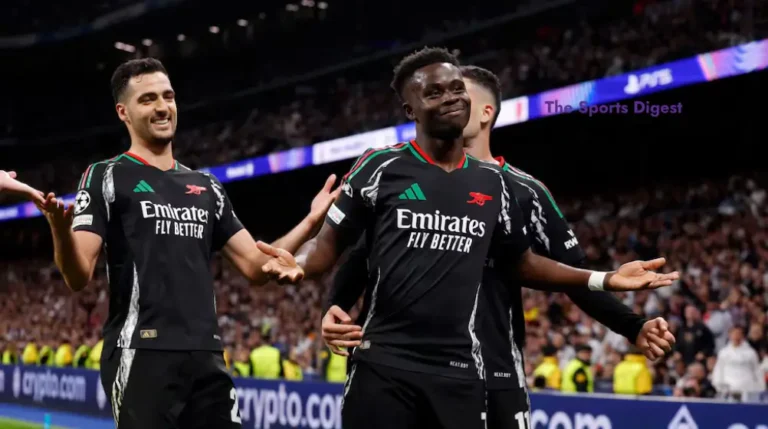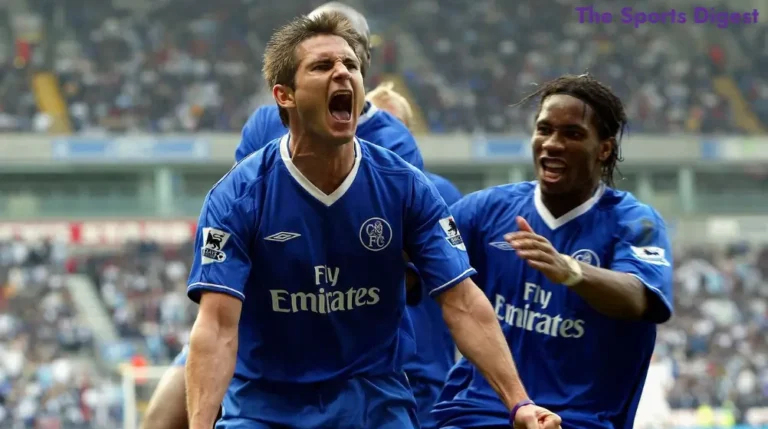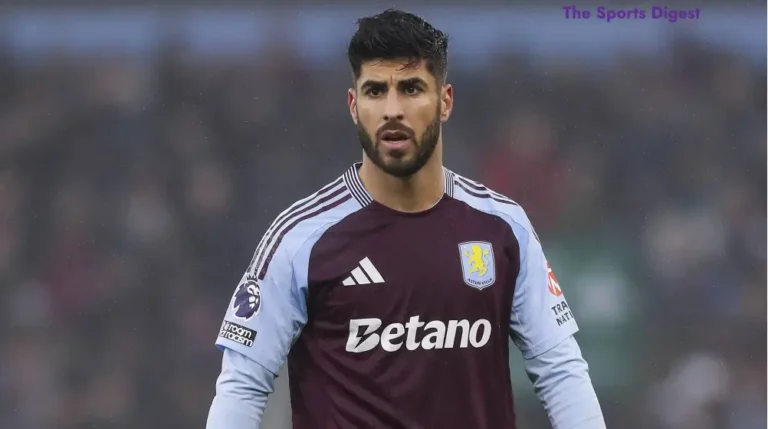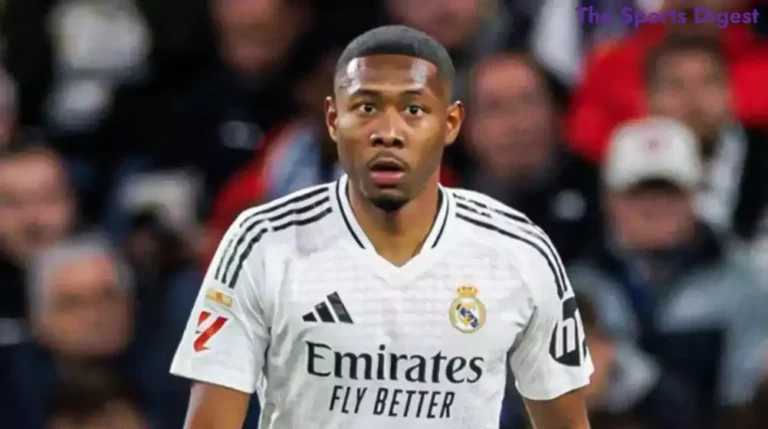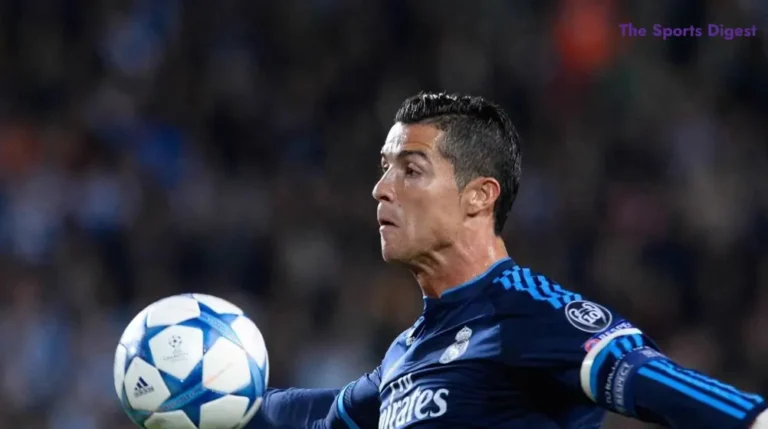World Cup Semifinals: Who Will Score?
As the 2022 World Cup narrows to its final four contenders in the semifinals, the question of goal scoring takes center stage in determining which nations will advance to the ultimate showdown. Despite some fan and pundit complaints about a perceived drought of goals, the data tells a different story – this tournament’s scoring rate aligns perfectly with World Cup trends since 1998, when the modern group stage format was established.
With this statistical foundation, we can move beyond whether teams are scoring enough goals and focus on the more revealing question: how are Argentina, Croatia, France, and Morocco finding the back of the net, and what does this tell us about where the decisive semifinal goals might come from?
Table of Contents
Argentina: Messi and the Right-Side Advantage in Semifinals
The Albiceleste’s journey to the semifinals has been powered by nine goals – a respectable tally that places them among the tournament’s more productive attacking sides. The headline story is unsurprisingly Lionel Messi, whose involvement in six of these nine goals (scoring four and assisting two) underscores his continued brilliance on the world stage.
Breaking down Argentina’s scoring pattern reveals an interesting split: two penalties and seven goals from open play. What’s particularly notable is their clear preference for attacking down the right and right-middle portions of the final third. This tactical choice isn’t merely about territory – it’s translating directly to goals, with four of their seven non-penalty goals originating from right-side attacks.
This right-side emphasis makes tactical sense given their personnel: Messi naturally drifts to the right, creating overloads and opportunities, while Julián Álvarez’s movement opens spaces for these attacks to penetrate. When Argentina face Croatia, watch for decisive movements down this preferred channel – if they’re to advance to the final, the winning goal will likely come from right-side build-up play.
Croatia: The Low-Scoring Survivors
Croatia presents a fascinating contrast to Argentina. With just six goals across five matches, they’re the lowest-scoring semifinalist. Even more revealing is that four of these six goals came in a single match against Canada, meaning they’ve scored just twice in their other four games combined.
This limited offensive output is further highlighted by the fact that Croatia have led for just 46 minutes throughout the entire tournament – a remarkably small fraction for a team that’s reached the final four. Their attacking touches show reasonably balanced distribution across the field, but when they do score, it’s predominantly from central positions within the penalty area.
The current Croatian side scores at a significantly lower rate than their 2018 counterparts who reached the final. Their path to victory has instead relied on defensive solidity and penalty shootout nerve, winning two consecutive knockout matches via spot kicks.
As they prepare to face Argentina, three scenarios seem possible: their defensive approach frustrates another opponent into a shootout lottery they’ve mastered; they finally unlock more scoring potential; or their goal-scoring fortune finally runs out against Messi and company. Their survival thus far suggests counting them out would be premature, regardless of their offensive limitations.
France: Left-Side Power with Central Finishing in Semifinals
Les Bleus enter the semifinals as the highest-scoring remaining team, with 11 goals highlighting their attacking prowess. Their offensive threat centers around two complementary stars: Kylian Mbappé, who terrorizes defenses from the left wing, and Olivier Giroud, who provides lethal central finishing.
The French goal distribution reflects this dual threat – goals predominantly originate from either the left side through Mbappé’s individual brilliance or central areas where Giroud’s positioning and Antoine Griezmann’s creativity combine effectively. Their attacking third touches show a relatively balanced distribution, though slightly favoring the left side where Mbappé operates.
Against Morocco, expect France to continue this proven approach. Their versatility represents their greatest strength – they can attack down the left through Mbappé when space allows, or switch to right-side build-up for crosses to Giroud when teams overcommit to stopping their star winger. With the historical motivation of potentially becoming the first back-to-back World Cup champions since Brazil in 1962, France’s attacking intent should remain high.
Morocco: Defensive Excellence with Opportunistic Finishing
The tournament’s Cinderella story, Morocco has reached unprecedented heights for an African nation while scoring just five goals in five matches. Their historic semifinal appearance has been built on an exceptional defensive foundation, conceding only once (an own goal) throughout the entire tournament.
Morocco’s limited goals have come almost exclusively from inside the penalty area, with just one exception – a long-range strike against Belgium that benefited from a goalkeeper error. Their approach is clear: defend solidly, maintain organization, and capitalize on the few quality chances they create.
What makes Morocco’s achievement extraordinary isn’t just being the first African semifinalist, but doing so against football powerhouses Belgium, Spain, and Portugal. Their continued success against France would likely follow the same template – impenetrable defense coupled with clinical finishing from the few opportunities they manufacture inside the box.
Semifinals Goal-Scoring Projections
As these four diverse teams prepare for their semifinal clashes, the goal-scoring narratives create compelling tactical matchups:
Argentina vs. Croatia: This contest pits Argentina’s right-side attacking preference against Croatia’s battle-tested defensive resilience. Expect Argentina to generate more chances, particularly through Messi’s movement on the right, while Croatia will look to contain and possibly force another penalty shootout. If Argentina score, watch for it to come from right-side build-up play. If Croatia find the net, it will likely be from a central position following a counterattack or set piece.
France vs. Morocco: The tournament’s highest-scoring remaining team faces its most defensively sound. France will look to Mbappé to break down Morocco’s left flank, while Morocco will aim to neutralize this threat as they did with Portugal’s attacking talents. The key question is whether Morocco’s defensive wall can withstand France’s multi-faceted attack. If France score, expect Mbappé’s involvement from the left or Giroud finishing centrally. If Morocco find a goal, it will almost certainly come from inside the penalty area following a rare forward thrust or set piece.
As these contrasting styles collide in the semifinals, the teams that can stay true to their established goal-scoring patterns while adapting to their opponents’ defensive approaches will book their tickets to the final. The decisive goals may follow familiar patterns, but at this stage of the World Cup, moments of individual brilliance often transcend tactical predictions.
Have you ever read an article like this?
There are no reviews yet. Be the first one to write one.

